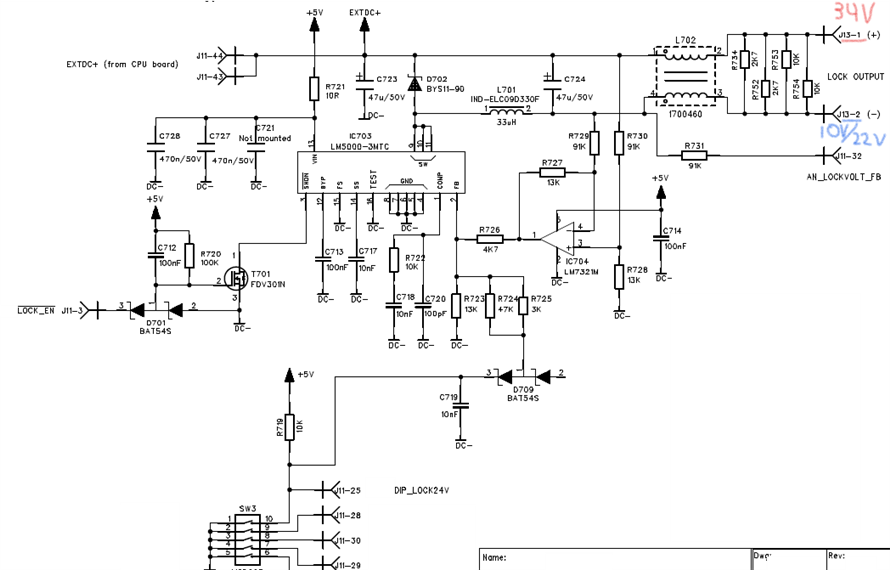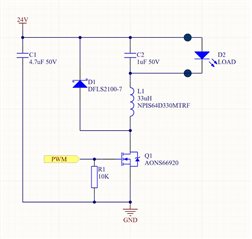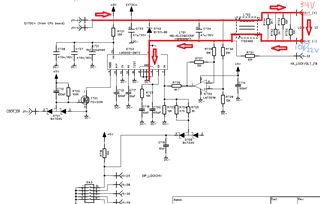Hello TI support
We have a board that uses LM5000-3MTC to regulate a voltage to either 10 V or 22 V depending on a setting of a DIP-switch that sets the reference to the feedback loop. The output from the LM5000 would be a fictive ground reference to a voltage source of 34 V (EXTDC+) resulting in 24 V or 12 V between the nodes.
Referring to the attached schema below, the power limitation on the +5V source is 2.5 W (5V@500mA) and on EXTDC+ it is 250 W.
In this setup the LM5000 would sink current, not source from SW pins on LM5000.
My question to you TI are:
- What is the power limiting in this setup?
- Is this design supported to be used with LM5000?
The schema:

Kind regards
Imre



